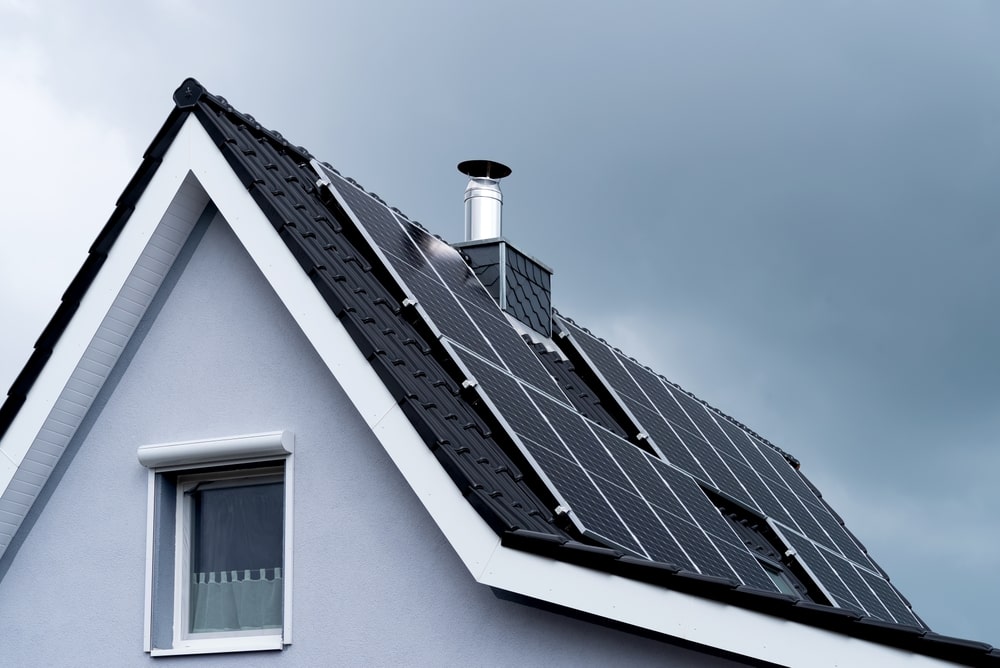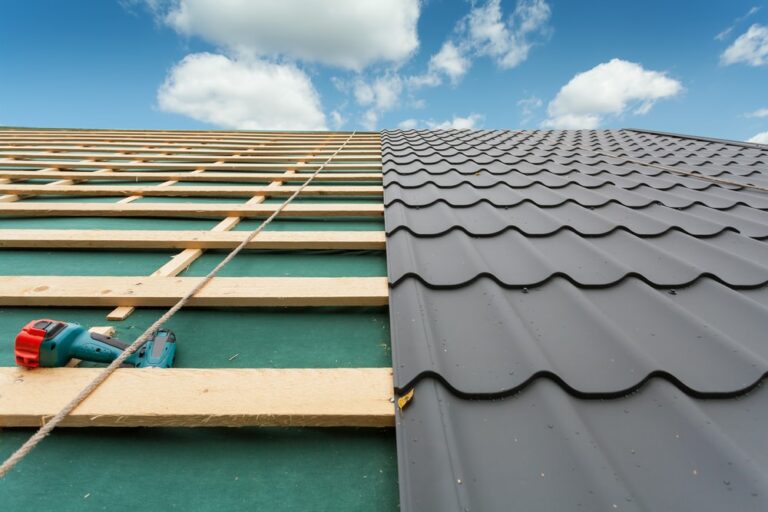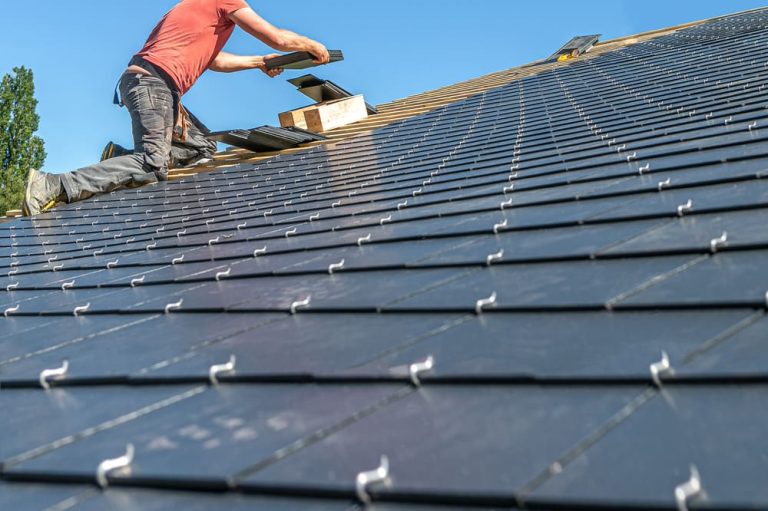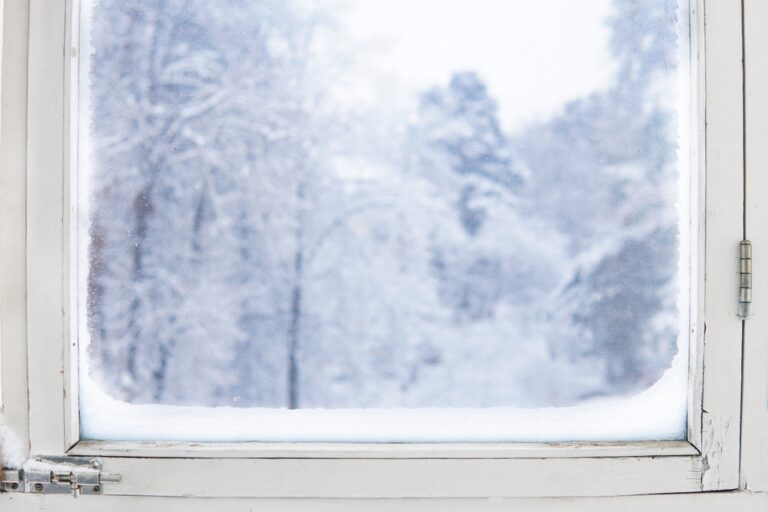Your roof is designed to protect your home. However, it can only do so when all parts of it are functioning properly. Roof ventilation is one of the most crucial aspects for keeping your roof durable over the years. Problems with roof ventilation can cause costly damage to your home. Roof ventilation issues can lead to inconsistencies in attic temperature, allowing moisture and mold to thrive.
Homeowners need to overcome roof venting challenges for a structurally sound and healthy home. Pinnacle Home Improvements is a top roofing contractor committed to educating homeowners on all aspects of roofing. Read on to learn more about roof and attic ventilation, and check out the roof insulation and ventilation guide to stay ahead of these problems.
Common Roof Ventilation Problems
Roof ventilation hinges on proper attic ventilation. If there are roof ventilation problems, then it can impact the entire roofing system. Four key ventilation issues can arise, and neglecting them could lead to costly repairs.
1. Lack of Attic Ventilation
Improper attic ventilation keeps hot air and moisture in the attic rather than letting it out. When this hot, moist air lingers, it creates a humid environment. Trapped warm air and humidity will prematurely age the roofing materials. If you have asphalt shingles, they may crack, curl, or lose granules prematurely, reducing your roof’s lifespan.
Another issue with the moisture buildup is that it can lead to mold and mildew. Wood rot is also common, damaging the structural components and insulation. While excessive heat trapped in the attic is problematic, there are concerns for poor attic ventilation in cold weather. Ice damming can lead to roof leaks, leading to even more damage for homeowners.
2. Poor Placement of Intake Vents and Exhaust Vents
Vents are designed to promote air flow, and when vent placement is done incorrectly, it causes hot and cold spots throughout the attic. This also impacts the temperatures throughout your home, leading to energy inefficiencies. Soffit vents, intake vents, exhaust vents, ridge vents, and gable vents all must be placed in accordance with one another. Putting intake and exhaust vents too close together prevents them from properly ventilating the attic.
Vents may also be put in areas that are blocked by insulation or even debris and other obstructions. This is why expert roof installation is required in new construction as well as for roof replacement projects, allowing for greater longevity and protection for the roof for years to come.
3. Blocked Vents
All types of roof vents can become blocked by a variety of things, from insulation to leaves, twigs, and nests. Heat buildup will become more pronounced in the summer, and winter will see greater moisture. Proper roof ventilation can only occur with vents that are free and clear to perform their functions. Homeowners should habitually inspect and clean vents for proper attic ventilation, allowing the roof to stay healthy.
4. Inadequate Venting for Roof Size
When there aren’t enough intake and exhaust vents for the size of the attic, proper ventilation and airflow are impossible. All roof systems need balance, and proper attic ventilation with the right number and type of vents is the only way to get the right amount of air movement. Poor roof ventilation may also be caused by oversized vents or even having too many vents, disrupting the airflow and promoting condensation challenges.
In short, poor roof ventilation and attic ventilation can quickly cause major issues for your home and its structural integrity. Since you’re likely not up in your attic every day, it helps to keep an eye out for the signs of trouble with roof and attic ventilation, allowing you to get professional help that preserves your roof’s durability and functionality.
Signs of Poor Roof Ventilation
If you’re not sure what roof ventilation issues look like, here are the signs to help you spot them. In the event that your roof doesn’t have proper ventilation, taking action quickly can help you remedy the issue for a well-ventilated roof.
Increased Energy Costs
One of the biggest problems caused by poor ventilation is that it will lead to higher energy costs. You may initially notice uncomfortable indoor temperatures, and you’ll likely blame your heating and cooling system. However, the usual culprit is poor attic ventilation.
Inadequate ventilation leads to overworked HVAC systems that run harder and longer to keep you comfortable. You may notice heating or cooling costs have risen on your statements without changing your usage. Ultimately, this will cause more wear and tear on the system, which could lead to the need for premature replacement.
Moisture Buildup and Mold Formation
Another result of poor attic ventilation is excessive moisture, which can cause mold and mildew to thrive. With mold as well as mildew growth, you’ll wind up with other challenging and costly issues for your home.
Ice Dams During Winter
Poor attic ventilation may mean that your attic space is releasing hot air in the winter, causing ice damming. Ice dams form when snow melts from the heat coming off the roof. That melted snow then flows down along the surface down to the cooler roof’s edges and refreezes, creating ice dams that block the water from flowing. Ice dams cause the water to pool on the roof, leading to damage to the roof decking and other roofing materials.
Solutions and Recommendations to Fix Roof Ventilation Problems
Roof ventilation problems must be solved quickly to ensure a strong and secure roof. To avoid these issues, there are a few key points to remember:
Proper Installation and Placement of Vents
A balanced ventilation system is the key to proper function. Intake and exhaust vents should be working in conjunction with one another, as well as be spaced correctly. Spacing with roof vents ensures even airflow throughout your entire airflow space and prevents many of the problems that can occur from poor ventilation.
Additionally, attic insulation should never obstruct any vents. Poor installation is one of the most common reasons for ventilation problems, ranging from improper vent and insulation placement to failing to seal gaps. It’s imperative that you choose a roofing company that’s renowned in the roofing industry for providing quality craftsmanship when having a roof installed.
Regular Maintenance Checks
Even when you have the best roofing company do the installation, it’s important to regularly schedule maintenance to stay ahead of any issues that can develop over time. Vents can get blocked from debris, insulation can come loose and block the way, or birds and other critters can build nests that create ventilation issues in your home.
If you do find anything blocking any of your vents, clear them out to restore proper airflow. You should also check the vents and the seals to make sure there isn’t any damage. Many homeowners either aren’t sure what they’re looking for or aren’t comfortable getting up in their attic. It’s a good idea to have a professional roofing company conduct regular inspections to ensure everything is in order and identify any potential issues before they become larger problems.
Consultation for Optimal Ventilation Strategies
Issues with roof vents and poor ventilation can lead to energy efficiency issues as well as roof repair. Staying ahead with roof maintenance will mean you’re less likely to see a huge problem, such as roof sagging.
The best thing you can do is consult with a roofing professional to make sure your home has the right type and number of vents to accommodate the type of roof and the size of your attic. Proper insulation is also needed to work in tandem with the ventilation system. There are many ventilation options and techniques that can be explored to find the perfect solution for your home’s needs.
Conclusion: Solving Your Roof Ventilation Problems
Many new homeowners don’t realize the vital role a roof plays in their home. A roof is designed to protect the structural stability of the entire property, though it requires proper ventilation to remain durable over the years. Even when it’s installed with precision and expertise, ventilation issues can occur over time, particularly when vents get blocked.
In some cases, installation isn’t up to par, and shoddy companies may have put the wrong types of vents, too few or too many, or placed them too close together, making the ventilation system dysfunctional.
If you have concerns about your roof after spotting the signs of bad ventilation, such as seeing mold or smelling it, or noticing ice dams in the winter, schedule an inspection with a reliable company committed to serving your needs with the utmost in satisfaction.
Pinnacle Home Improvements offers full roof replacements. If your roof is too far gone and you’re unsure where to start, contact us for a free estimate.








